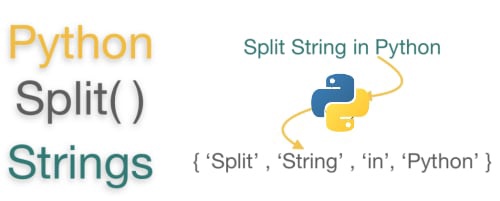python 里的字符编码不统一导致中英文的处理有不同的结果,下面介绍中文英文混合字符串 split 的方法。

分割词
1
2
3
4
5
6
7
8
9
10
11
12
13
14
15
16
17
18
19
20
21
22
23
24
25
26
27
28
29
30
31
32
33
34
35
36
37
38
39
40
41
#!/usr/bin/env python
# -*- coding: utf-8 -*-
s = '我爱北京天安门python'
s2 = ''
if not isinstance(s, unicode):
s2 = s.decode("utf-8")
slist = []
keys = []
for i in s2:
print i
slist.append(i)
key = '%X' % ord(i)
keys.append(key)
print len(slist)
print slist
print len(keys)
print keys
# =====================
s = u'我爱北京天安门python'
slist = []
keys = []
for i in s:
if not isinstance(i, unicode):
i = i.decode("utf-8")
print i
slist.append(i)
key = '%X' % ord(i)
keys.append(key)
print len(slist)
print slist
print len(keys)
print keys
用正则
1
2
3
4
5
6
import re
s = 'hi新手oh'.decode('utf-8') #举个栗子是字符串s,为了匹配下文的unicode形式,所以需要解码
p = re.compile(ur'[\u4e00-\u9fa5]') #这里是精髓,[\u4e00-\u9fa5]是匹配所有中文的正则,因为是unicode形式,所以也要转为ur
print p.split(s) #使用re库的split切割
稍复杂的分切
中文按字断开,英文按单词分开,数字按空格等特殊符号断开
1
2
3
4
5
6
7
8
9
10
11
12
13
14
15
16
17
18
19
20
import re
def get_word_list(s1):
# 把句子按字分开,中文按字分,英文按单词,数字按空格
regEx = re.compile('[\\W]*') # 我们可以使用正则表达式来切分句子,切分的规则是除单词,数字外的任意字符串
res = re.compile(r"([\u4e00-\u9fa5])") # [\u4e00-\u9fa5]中文范围
p1 = regEx.split(s1.lower())
str1_list = []
for str in p1:
if res.split(str) == None:
str1_list.append(str)
else:
ret = res.split(str)
for ch in ret:
str1_list.append(ch)
list_word1 = [w for w in str1_list if len(w.strip()) > 0] # 去掉为空的字符
return list_word1
本文网址: https://pylist.com/topic/48.html 转摘请注明来源